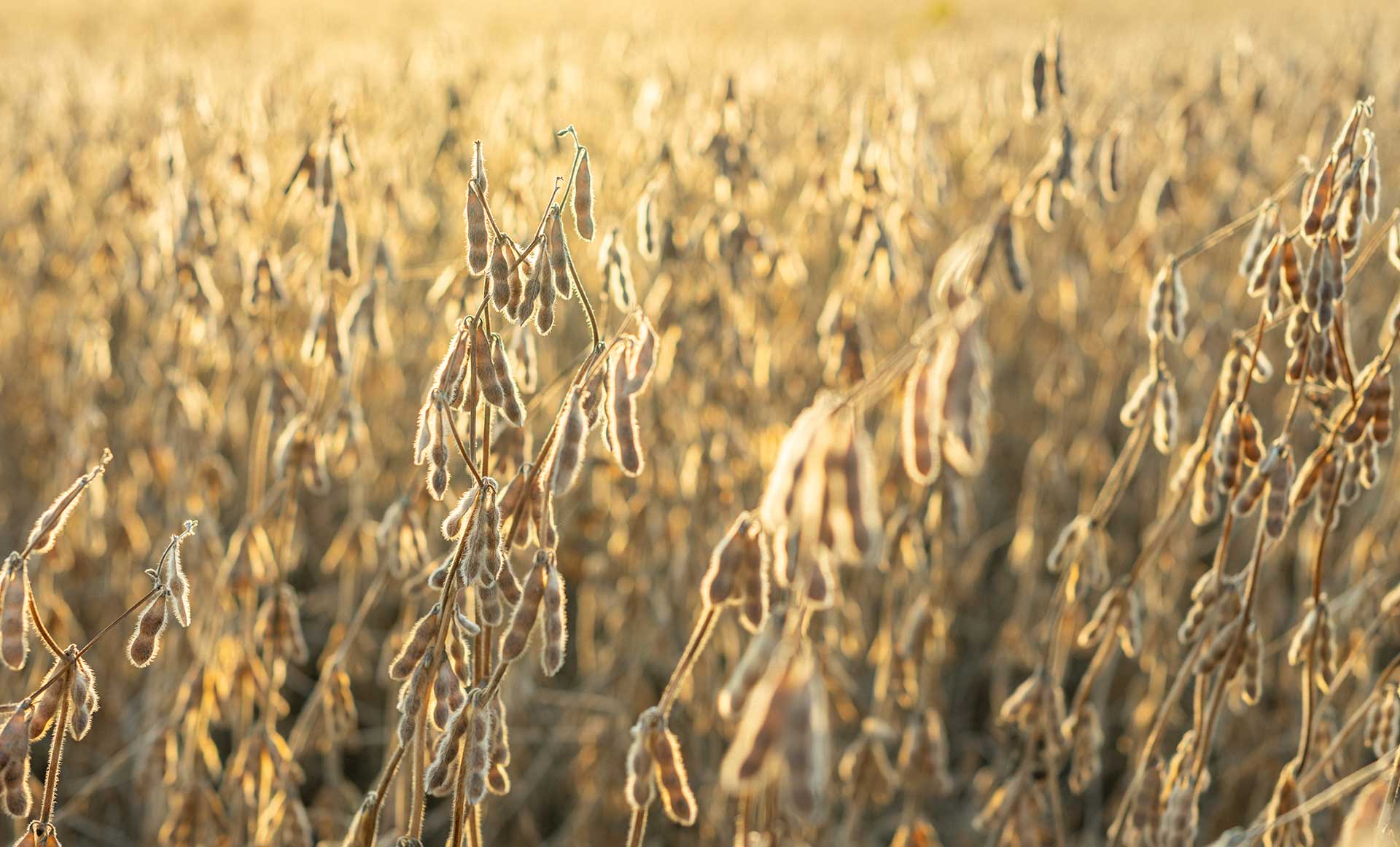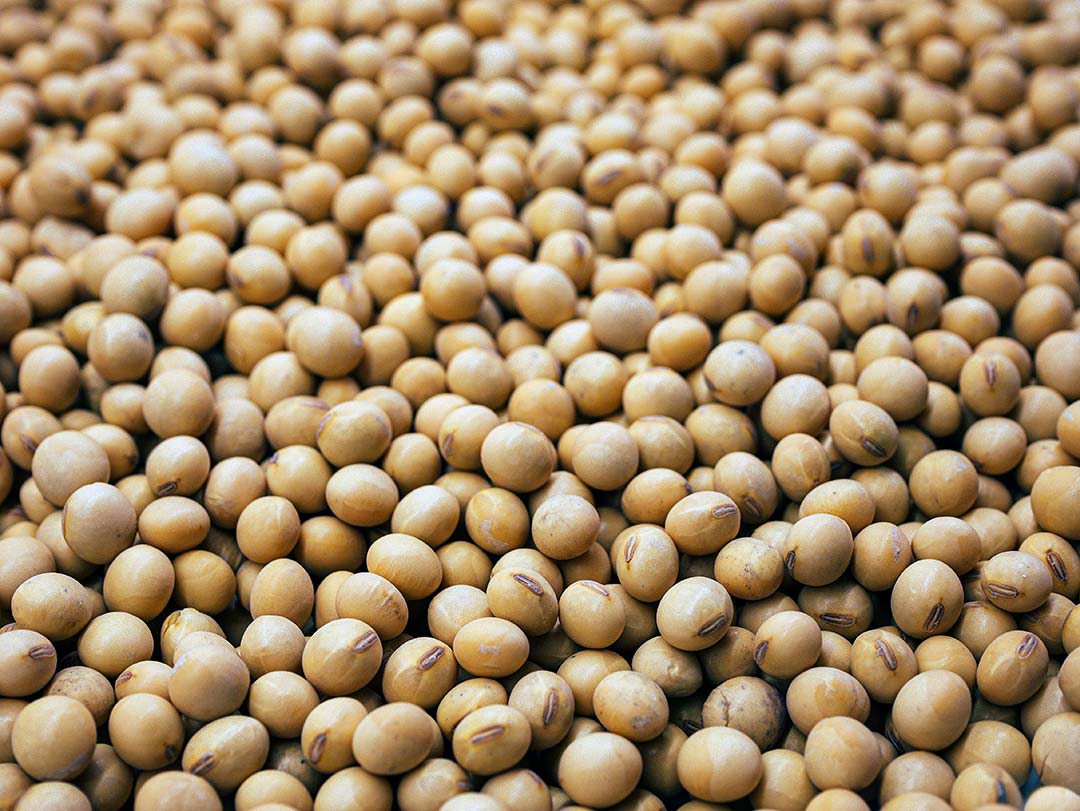All About Soybeans
What are soybeans?

Where are soybeans commonly grown?

How are soybeans used?

How efficient are soybean farmers?

What do soybean farmers provide?
Feed. The livestock industry is the largest consumer of soybean meal. In fact, 97 percent of U.S. soybean meal goes to feed pigs, poultry and cattle. Animal agriculture is soybean farmers’ No. 1 customer. The soybean is the highest natural source of dietary fiber. A 60-pound bushel of soybeans yields about 47 pounds of protein-rich meal and 12 pounds of oil.
Food. Soyfoods – including edamame, tofu, soy milk, soy nuts and other versatile ingredients like textured vegetable protein – offer flavor, texture, nutrition and health benefits. Experts recommend two or three servings of soyfoods daily.
Fuel. Biodiesel, renewable diesel, and Sustainable Aviation Fuel (SAF) are all clean-burning fuel produced from U.S. renewable resources, including soybean oil. All three build demand and add value for soybeans, creating environmentally friendly jobs and decreasing the use of foreign oil.
Furthermore. Other soy-based products include wood stains, concrete sealants, caulking, paint, insulation, foam, candles, beauty supplies and more.
